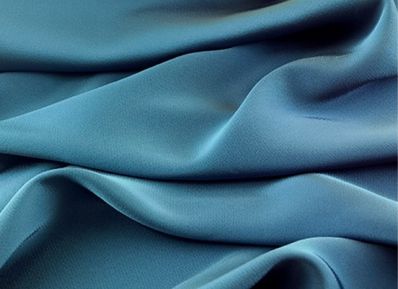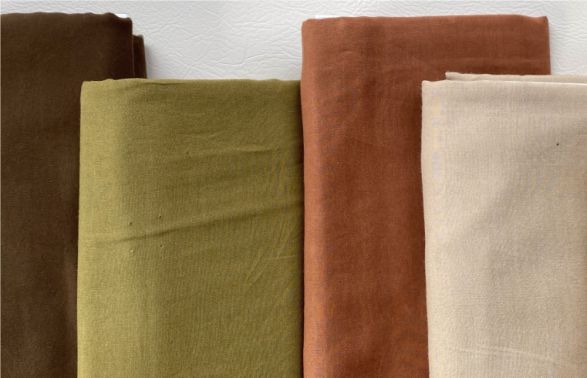As the name suggested, synthetic means man-made and does not come from natural resources. What is a synthetic fabric? The synthetic fabric was made from synthetic fibers using chemical substances and reactions to produce the fibers.
The Process

To make synthetic fibers, the first step is. This step is using chemicals such as Carbon Disulphide and Sodium Hydroxide. Then, processing them using a chemical reaction called polymerization.
The next step is to process this liquid through spinnerets to produce a filament. Which are tiny threads of continuous filament fiber. Afterward, this filament is twisted into a yarn. Then, add dyes to color them.
Those yarns are then woven to make synthetic fabric. The final step is adding other chemicals to make the fabric softer or wrinkle-free. Or makes it resistant to flame, stain, water, or even moth-repellent.
The Types
What is a synthetic fabric? There are many types of synthetic fabrics, but the basic synthetic fibers are four types only. These are Rayon, Nylon, Polyester, and Acrylic. From these four fibers, they were developed into many types of synthetic fabrics, such as the explanation below:
1. Acetate

Derived from cellulose, this type of synthetic fabric has a luxurious appearance. Also, it drapes well with a soft crisp feel. It is wrinkle-free and resistant to shrinkage, moths, and mildew. This fabric is used for special occasion wear and dress linings.
2. Acrylic

This fabric is made from acrylonitrile, this fabric is lightweight but strong, and it has an uneven surface. This fabric does not absorb water but has the warmth and softness of wool. It is usually made into warm clothing, such as sweaters and blankets.
3. Lyocell

